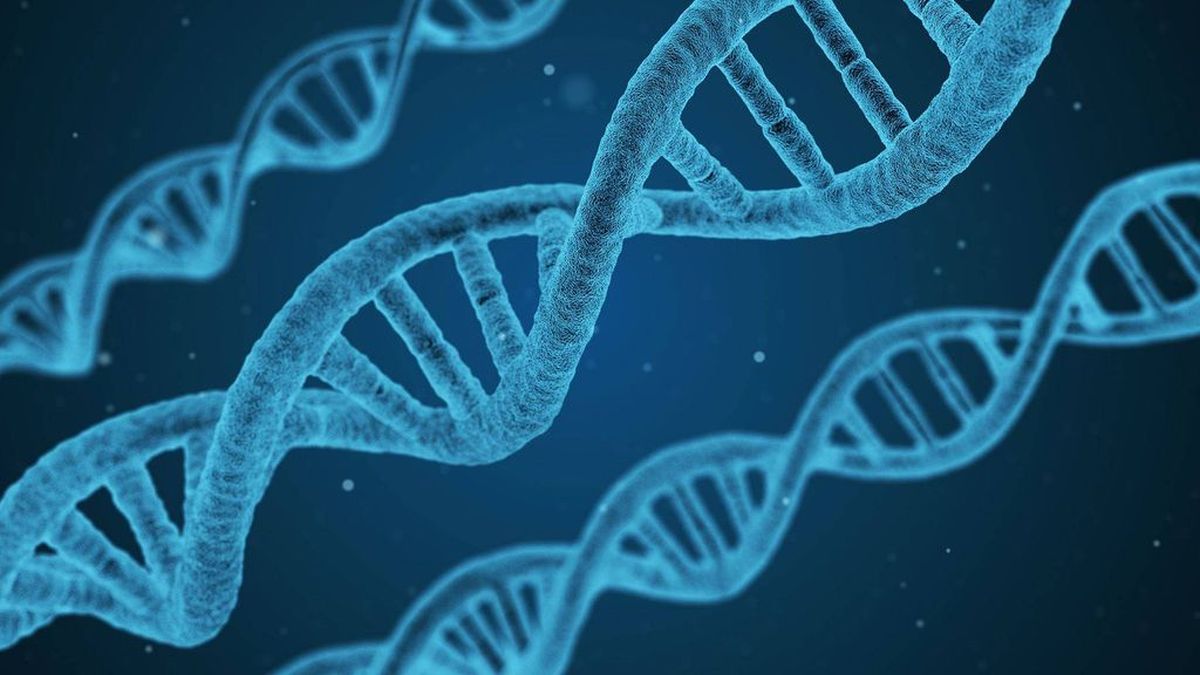Harvard University is developing this gene-editing tool based on a different model than CRISPR-Cas9.
CRISPR-Cas9 (Clustered Regularly Interspaced Short Palindromic Repeats) scissors have been a subject of fascination and controversy for mankind in recent years.
On the one hand, in 2020, its creators, Emmanuelle Charpentier and Jennifer Doudna received the Nobel Prize in Chemistry for having developed this principle and technique that made gene editing possible.
But on the other hand, it has also triggered complicated and highly debated episodes. As we have already seen with Dr. He Jiankui. Who would have created genetically modified babies using CRISPR itself as a base?
Now things are about to get even more complicated, thanks to Harvard University. For they have created a new gene-editing tool.
Does Harvard make history?

According to a posting on the university’s official website researchers at the Wyss Institute for Biologically Inspired Engineering, which is part of Harvard, have created a new gene-editing tool.
This would allow interested scientists to perform millions of genetic experiments simultaneously. All thanks to a new technique called Retron Library Recombineering, or RLR. Which is different from CRISPR-Cas9.
RLR uses segments of bacterial DNA, called retrons, which are capable of producing single-stranded DNA fragments as the basis for gene editing maneuvers.
Although it should be noted that CRISPR is much more developed since RLR tools have some serious limitations.
RLR is not perfect
The technique itself can cut unwanted sequences and is even toxic to cells. But there are some important differences, as the Harvard researchers themselves point out:
RLR allowed us to do something impossible to do with CRISPR: we randomly cut a bacterial genome, convert those genetic fragments into single-stranded DNA in situ, and use them to analyze millions of sequences simultaneously.
RLR is a simpler and more flexible gene-editing tool that can be used for highly multiplexed experiments, which eliminates the toxicity often seen with CRISPR and improves researchers’ ability to explore genome-wide mutations.
The scientists tested RLR in E. coli bacteria and found that 90 percent of the population incorporated the implanted sequence after making some adjustments.
Streamlining the process in the search for antibiotic resistance mutations against such bacteria. This expedited the process. Although at the beginning it was a trial and error process with inaccuracies in the application of the technique.
The bottom line here is that the Harvard technique is in its infancy but works in principle. This opens the possibility that RLR will refine its weaknesses to later become as robust as CRISPR.





